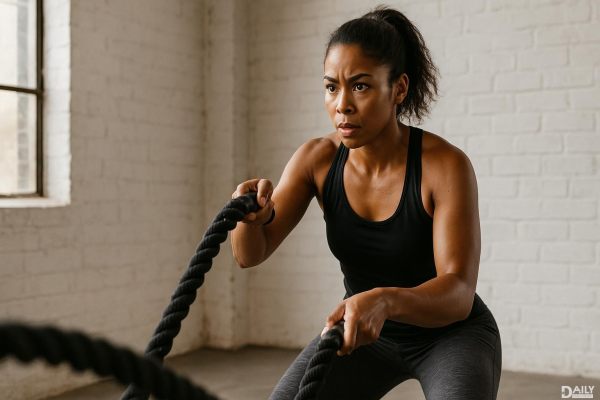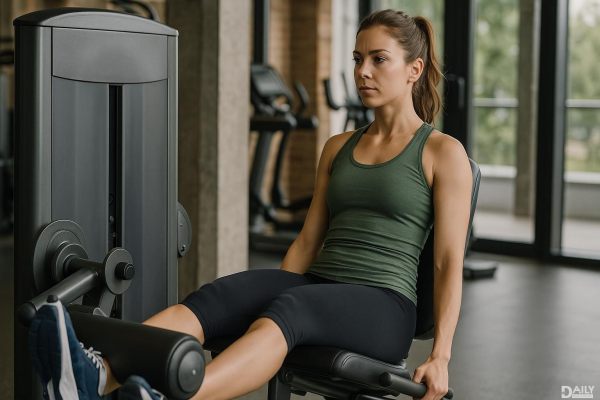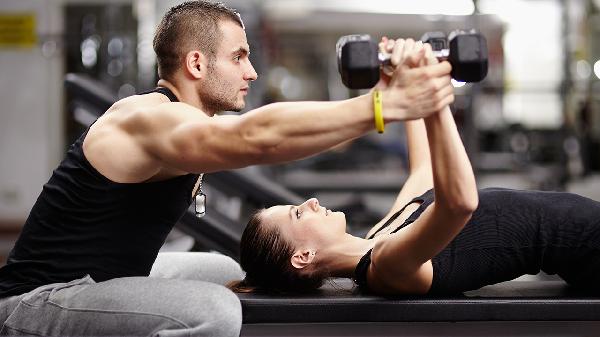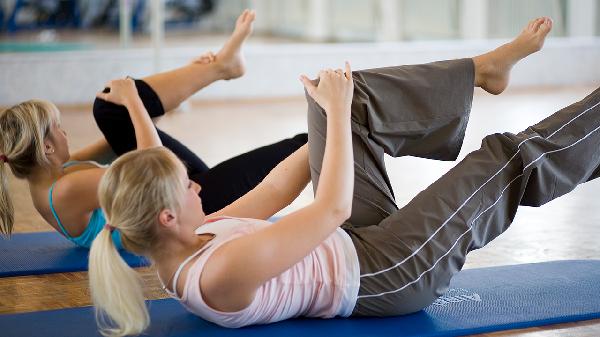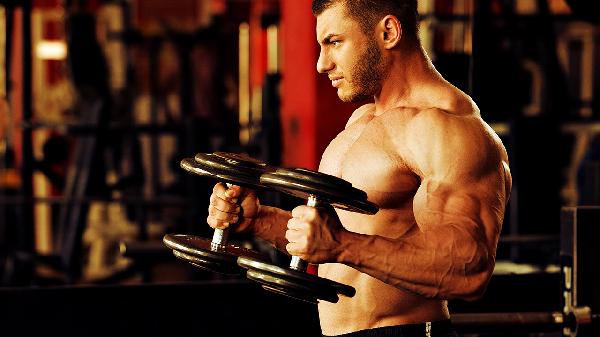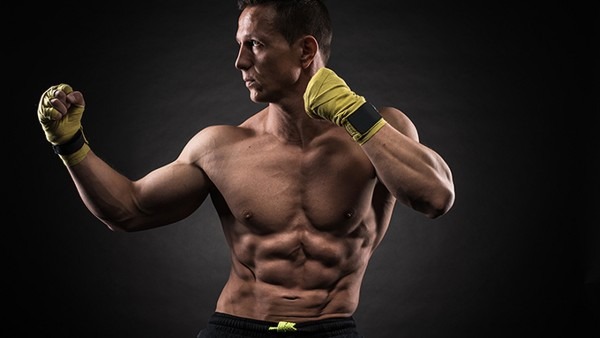You don’t need a fancy gym setup or heavy barbells to build serious strength—just a pair of dumbbells and some smart programming can get you there. Whether you're working out at home, in a hotel room, or squeezing in a session at the office gym, dumbbells are one of the most versatile tools for total-body strength. They force each side of your body to work independently, ironing out imbalances while building muscle and power. Plus, they’re perfect for everything from explosive movements to slow, controlled lifts that torch your muscles. Let’s break down how to maximize them.
Why Dumbbells Are a Strength Game-Changer
Dumbbells might seem basic, but they pack a punch when it comes to functional strength. Unlike machines that lock you into a fixed range of motion, dumbbells require stabilization from smaller muscle groups—think shoulders, rotator cuffs, and core—to control the weight. This means you’re not just working the "show" muscles; you’re building resilience in the often-neglected stabilizers that prevent injuries and improve real-world movement. And because each arm has to pull its own weight (literally), you’ll quickly expose and correct any strength discrepancies between sides. No more favoring your dominant arm during presses or letting one leg slack during lunges.
Upper Body: Press, Pull, and Dominate
For shoulders and arms that look strong and actually are, dumbbells let you manipulate angles in ways barbells can’t. Start with alternating shoulder presses—lifting one dumbbell at a time keeps your core engaged and prevents cheating. For back thickness, bent-over rows with a slight twist: pause at the top and squeeze your shoulder blades together. And don’t sleep on floor presses; by limiting your range of motion, they hammer your triceps without straining your shoulders. Pro tip: Slow down the eccentric (lowering) phase on curls and extensions to maximize muscle breakdown and growth.
Lower Body: Squat, Hinge, and Explode
Leg day isn’t just for barbells. Goblet squats with a dumbbell held at your chest force an upright torso, drilling perfect squat form while torching quads. For hamstrings and glutes, single-leg Romanian deadlifts are brutal but effective—just tap the dumbbell to the floor while keeping your back flat. And for power? Dumbbell jump squats. The added weight increases explosive strength, translating to better vertical jumps and sprint speed. If your gym has heavy enough dumbbells, try Bulgarian split squats; the instability will light up your entire lower body.
Core: More Than Just Crunches
Your abs are meant to resist movement as much as create it. Dumbbells amplify this by adding load to anti-rotation exercises. Paloff presses (holding a dumbbell straight out while resisting rotation) and weighted suitcase carries (walking with a heavy dumbbell in one hand) force your obliques and deep core muscles to fire. Even classic moves like Russian twists get nastier when you hold a dumbbell—just keep your feet off the ground for extra burn. Remember: A strong core isn’t about six-pack visibility; it’s about bracing power for heavy lifts and injury prevention.
Putting It All Together
To build total-body strength, mix heavy compound lifts (like goblet squats and floor presses) with unilateral moves (think single-arm rows and split squats) in the same workout. Aim for 3-4 sets of 6-12 reps per exercise, increasing weight once the top of that range feels easy. And don’t forget grip strength—thicker dumbbell handles or adding a towel wrap can turn every exercise into a forearm crusher. The best part? You can do this anywhere. No rack, no spotter, no problem.
Dumbbells might be simple, but the strength you’ll gain is anything but. Whether you’re a beginner or a seasoned lifter, mastering these moves will give you a body that’s not just strong in the gym, but in everyday life—carrying groceries, playing sports, or chasing kids without missing a beat. Grab those dumbbells and start owning every lift.

